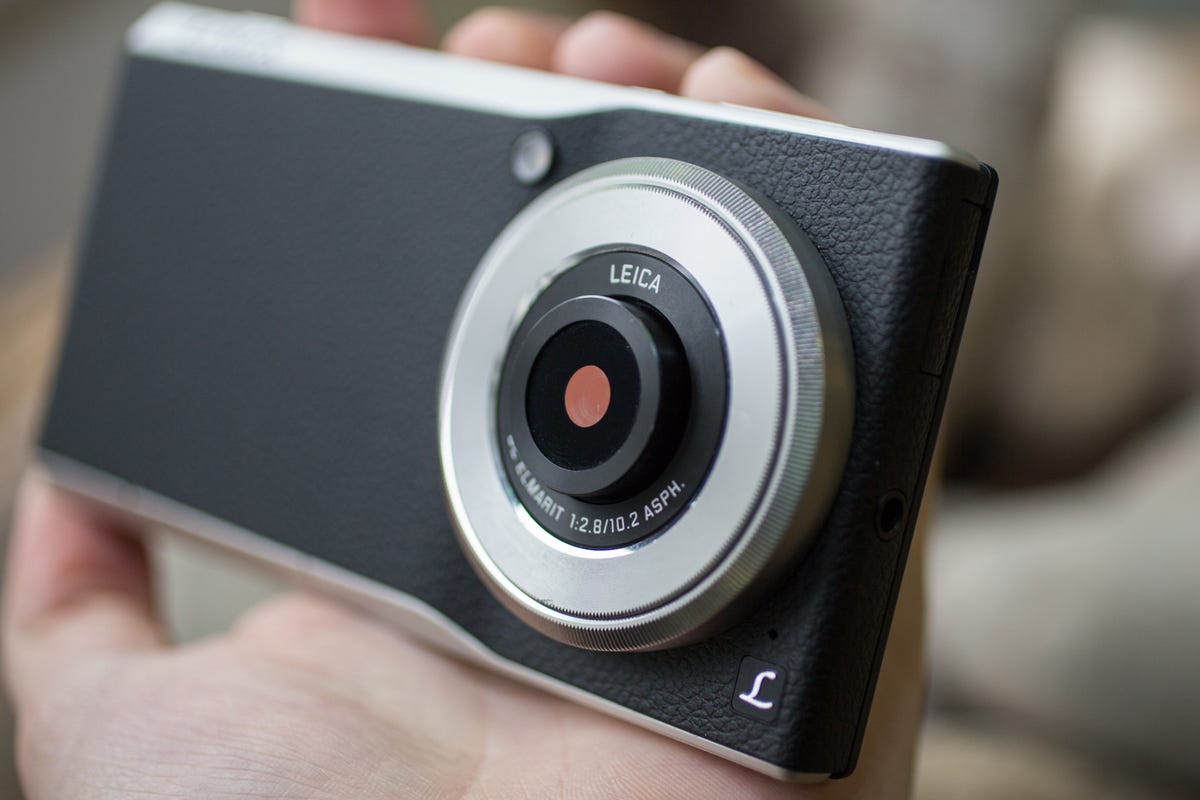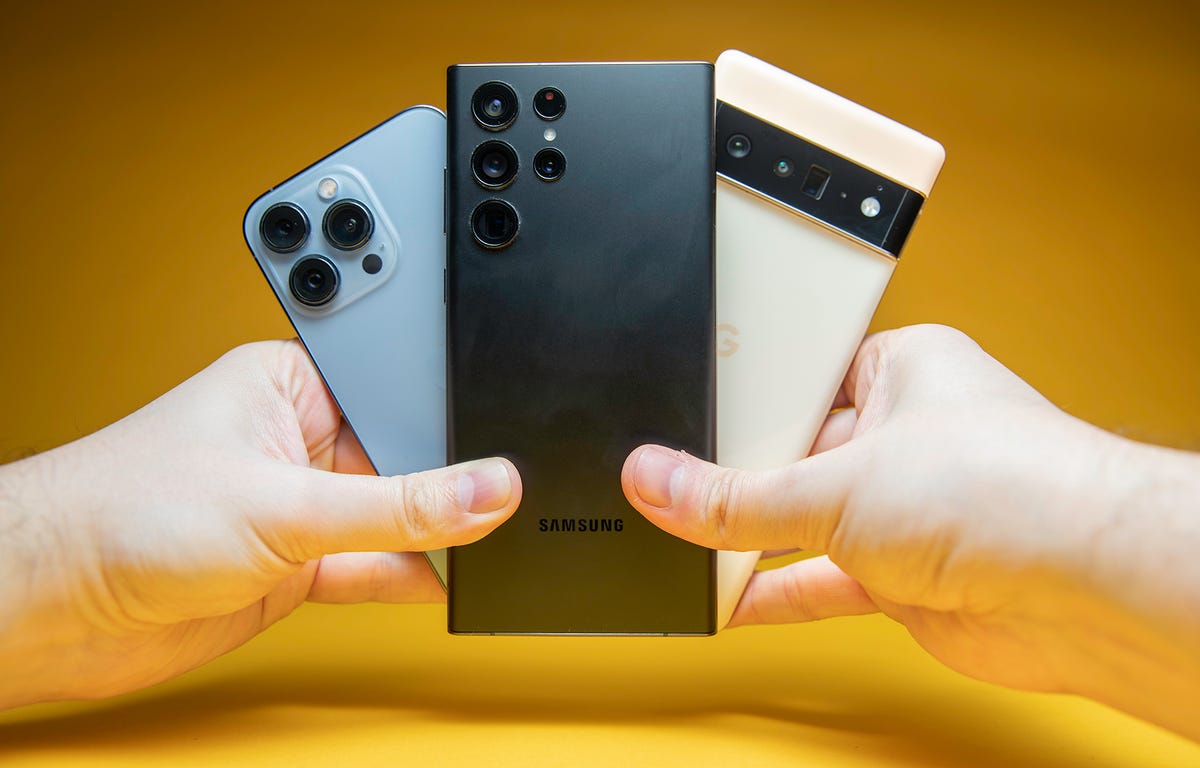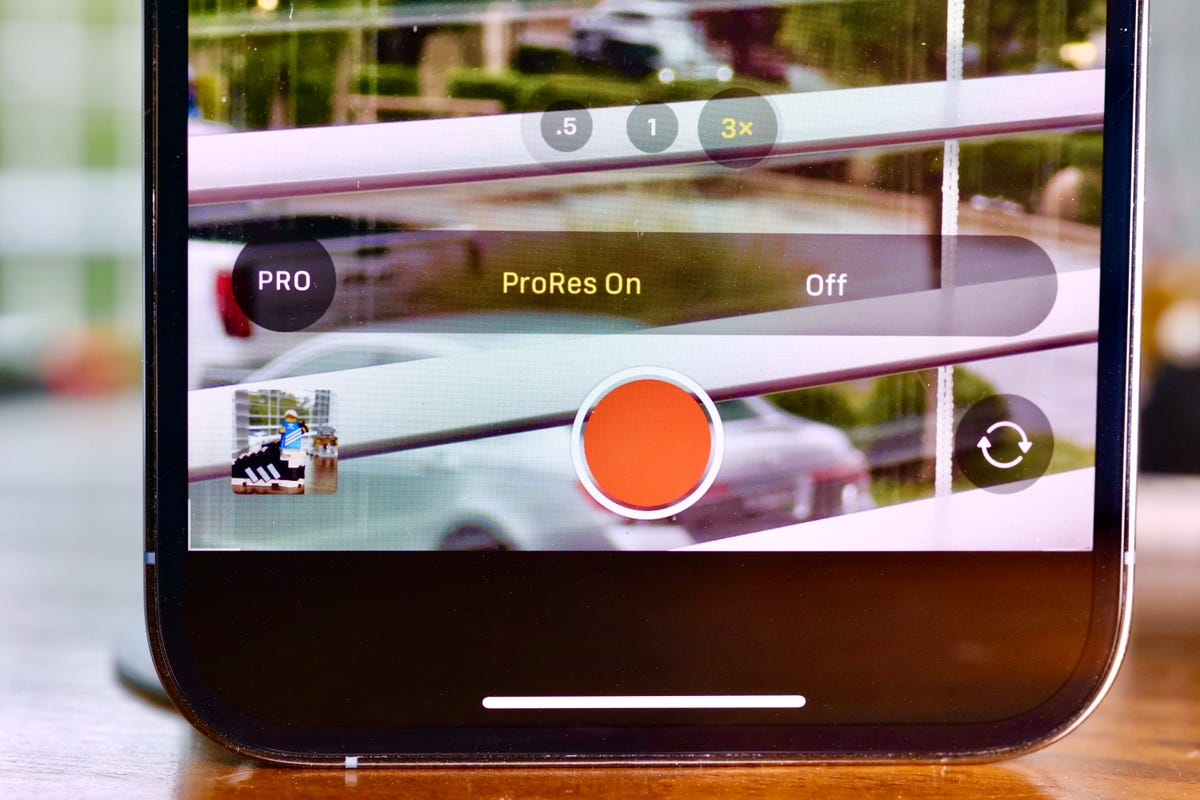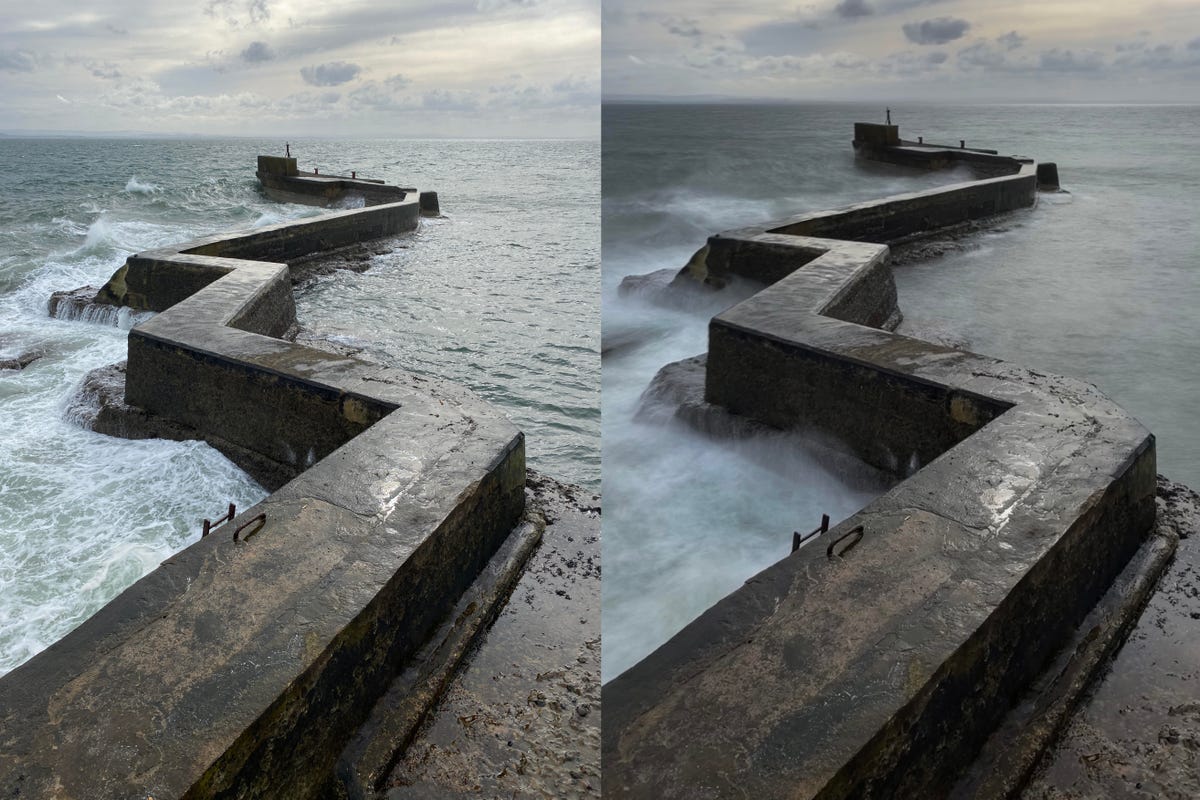
The (*14*)iPhone 14 is sort of actually proper round the nook, and the rumor mill has been churning furiously as we head towards the launch. I’ve been very vocal about (*14*)the main options I wish to see on Apple’s subsequent flagship cellphone, however it’s the digicam that I’m significantly eager to see take some actual steps ahead.
The cameras on Apple’s telephones have all the time been excellent, with the (*14*)iPhone 13 Professional able to taking the type of photographs you’d anticipate to see from skilled cameras, and even its most cost-effective iPhone SE in a position to take stunning snaps in your summer season holidays. However the (*14*)Pixel 6 Professional and (*14*)Samsung Galaxy S22 Extremely pack superb digicam programs that imply Apple would not have the lead it as soon as did.
So I’ve sat round daydreaming about how I’d go about redesigning Apple’s digicam system for the iPhone 14 to hopefully safe its place as the finest pictures cellphone round. Apple, take observe.
A a lot larger picture sensor on iPhone 14
The picture sensors inside telephones are tiny in contrast with the ones present in skilled cameras like the Canon EOS R5. The smaller the picture sensor, the much less gentle can hit it, and light-weight is all the pieces in pictures. Extra gentle captured means higher wanting photographs, particularly at night time, and it is why professional cameras have sensors many occasions the measurement of the ones present in telephones.
Why are cellphone cameras missing on this regard? As a result of the picture sensors have to suit inside pocket-size cellphone our bodies, the place house is at a premium. However there is definitely some room to play with. Telephones like (*14*)Sony’s Xperia Professional-I and even 2015’s Panasonic CM1 pack 1-inch digicam sensors that may provide enormously improved dynamic vary and low-light flexibility, so it is not too wild to hope for a a lot bigger picture sensor inside the iPhone 14.

Panasonic’s CM1 had a 1-inch picture sensor, and it got here out again in 2015. Sustain, Apple.
Andrew Lanxon/CNET
Positive, Apple does superb issues with its computational pictures to squeeze each ounce of high quality from its small sensors, but when it paired those self same software program expertise with an enormous picture sensor, the distinction could possibly be big. A 1-inch picture sensor absolutely could not be out of the query, however I’d actually prefer to see Apple take issues even additional with an APS-C measurement sensor, reminiscent of these discovered in lots of mirrorless cameras.
Tremendous, not all three cameras may get huge sensors, in any other case they merely would not match into the cellphone, however possibly simply the important one may get a measurement improve. Both that or simply have one huge picture sensor and put the lenses on a rotating dial on the again to allow you to bodily change the view angle relying in your scene. I’ll be trustworthy, that does not sound like a really Apple factor to do.
A zoom to lastly rival Samsung
Whereas I typically discover that photographs taken on the iPhone 13 Professional’s important digicam look higher than these taken on the Galaxy S22 Extremely, there’s one space the place Samsung wins arms down; the telephoto zoom. The iPhone’s optical zoom tops out at 3.5x, however the S22 Extremely presents as much as 10x optical zoom.
And the distinction it makes in the photographs you may get is astonishing. I love zoom lenses, as they allow you to discover all types of hidden compositions in a scene, as an alternative of simply utilizing a large lens and capturing all the pieces in entrance of you. I discover they permit for extra creative, extra thought of photographs, and although the iPhone’s zoom goes some technique to serving to you get these compositions, it is no competitors for the S22 Extremely.

The Galaxy S22 Extremely has an superior 10x optical zoom, and even the Pixel 6 Professional manages 4x.
Andrew Lanxon/CNET
So what the cellphone wants is a correct zoom lens that depends on good optics, not simply on digital cropping and sharpening, which all the time ends in fairly muddy-looking photographs. It ought to have not less than two optical zoom ranges; 5x for portraits and 10x for extra detailed landscapes. And even higher, it’s going to enable for a steady zoom between these ranges to seek out the excellent composition, slightly than having to easily select between two fastened zoom choices.
Personally, I assume 10x is the most Apple would want to go to. Positive, Samsung truly boasts its cellphone can zoom as much as 100x, however the actuality is that these photographs rely closely on digital cropping and the outcomes are horrible. 10x is big and is the equal of carrying a 24-240mm lens to your DSLR — vast sufficient for sweeping landscapes, with sufficient zoom for wildlife pictures too. Ultimate.
Professional video controls inbuilt to the default digicam app
With the introduction of ProRes video on the iPhone 13 Professional, Apple gave a robust sign that it sees its telephones as a genuinely helpful video software for skilled creatives. ProRes is a video codec that captures an enormous quantity of information, permitting for extra enhancing management in postproduction software program like Adobe Premiere Professional.

ProRes is inbuilt to the digicam app, so why not provide different controls for professional customers?
Patrick Holland/CNET
However the digicam app itself continues to be fairly primary, with video settings restricted principally to turning ProRes on or off, switching zoom lenses and altering the decision. And that is sort of the level; make it so simple as doable to get capturing and to seize stunning footage with no fuss. However the execs who wish to use ProRes may even seemingly need extra handbook management over issues like white stability, focus and shutter velocity.
And sure, that is why apps like Filmic Professional exist that provide you with unbelievable fine-grain management over all these settings to get precisely the look you need. But it surely’d be good to see Apple discover a technique to make these settings extra accessible inside the default digicam app. That approach, you would fireplace up the digicam from the lock display, twiddle simply a few settings and get rolling right away, assured that you simply have been getting precisely what you needed out of your video.
In-camera focus stacking on iPhone
Think about you have discovered a phenomenal mountain wildflower with a towering alpine peak behind it. You stand up near the flower and faucet on it to focus and it springs into sharp view. However now the mountain is out of focus and tapping on which means the flower is now blurry. It is a widespread situation when attempting to deal with two objects in a scene which can be far aside, and skilled panorama and macro photographers will get spherical it utilizing a method known as focus stacking.

Utilizing my Canon R5, I took a number of photographs right here, focusing at completely different factors on this fly, after which merged them collectively afterward. The result’s a topic that is pin-sharp from entrance to again.
Andrew Lanxon/CNET
Focus stacking means taking a collection of photographs with the digicam staying nonetheless whereas specializing in completely different components inside a scene. Then, these photographs are blended collectively later — normally in desktop software program like Adobe Photoshop or devoted focus software program like Helicon Focus — to create a picture that has deal with the excessive foreground and the background. It is the reverse objective of the digicam’s Portrait Mode, which purposefully tries to defocus the background round a topic for that suave shallow depth of area — or “bokeh.”
It may be a distinct segment want, however I’d like to see this focus stacking functionality inbuilt to the iPhone, and it probably would not even be that troublesome to do. In any case, the cellphone already makes use of picture mixing expertise to mix completely different exposures into one HDR picture — it’d simply be doing the similar factor, solely with focus factors, slightly than publicity.
Significantly better long-exposure pictures
Apple has had the means to shoot lengthy publicity photographs on the iPhone for years now. You may have seen these photographs; photographs of waterfalls or rivers the place the water has been artfully blurred however the rocks and panorama round the water stay sharp. It is an amazing method to essentially spotlight the movement in a scene, and it is one thing I love doing on my correct digicam and on my iPhone.

An ordinary and long-exposure comparability, taken on the iPhone 11 Professional. It is a good effort, however you lose a variety of element in the course of.
Andrew Lanxon/CNET
And although it is easy to do on the iPhone, the outcomes are solely OK. The issue is that the iPhone makes use of a shifting picture — a Reside Photograph — to detect movement in the scene after which digitally blur it, and this normally signifies that any motion will get blurred, even bits that should not be. The result’s photographs which can be fairly mushy wanting, even if you put the cellphone on a cellular tripod for stability. They’re superb for sending to your loved ones or possibly posting to Instagram, however they will not look good printed and framed in your wall, and I assume that is a disgrace.
I’d like to see Apple make higher use of its optical picture stabilization to permit for actually sharp long-exposure images, not simply of water, however of nighttime scenes too, maybe of automotive headlights snaking their approach by the road. It would be one other smart way of getting inventive with pictures out of your cellphone, and making use of the glorious high quality from these cameras.